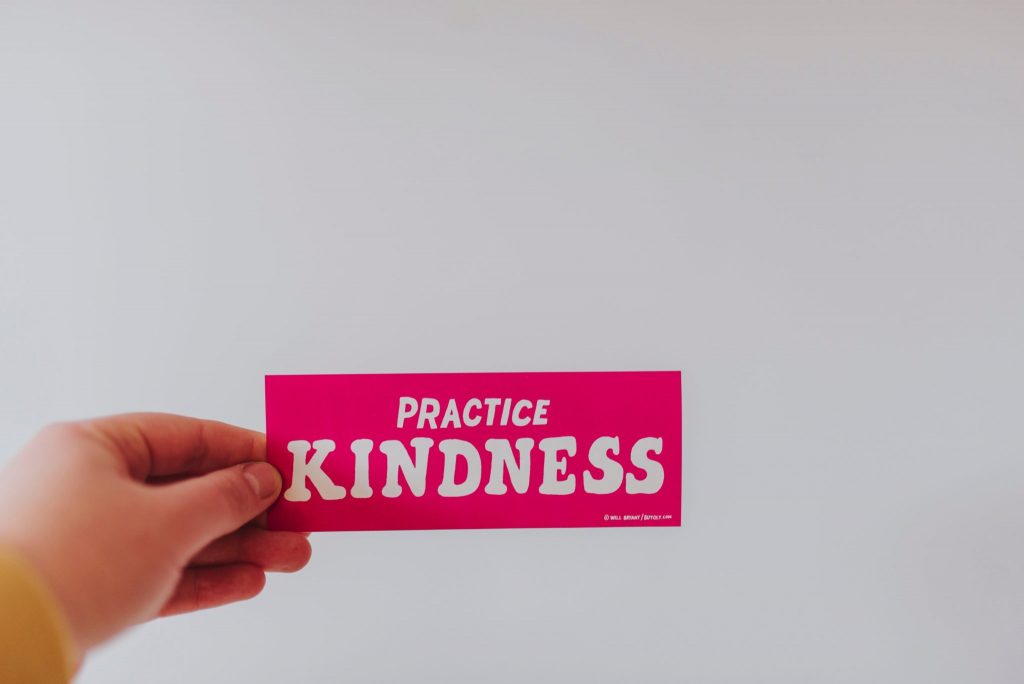6 in 10 employees struggle with stress management during their working life, 1,000,000 workers miss work every day, in the U.S., due to stress, and 1 in 4 (CRAMS) of us will experience a mental health issue, however, most struggle alone and do not report their issues with stress. Have you laid out a practice for management to follow and direct employees to in any case where they may feel they need support in dealing with stress in the workplace? This is and should be part of managerial total workforce management.
One of the firsts steps towards helping is spotting the signs of a struggling employee or a struggling colleague, see our article ‘How To Recognise and Help Struggling Colleagues’. Once aware of those in need of help, how do you direct them towards it? There are guidelines on how you, as a good and caring employer, can offer support to your employees. Shockingly, Perkbox reported that 45% of UK workers say their workplace does not have anything in place to help reduce employees’ stress levels or improve mental wellbeing. If you don’t have this in place already, the lead up to Christmas is a great time to start implementing this so you can start the new year as you mean to go on. We’ve laid out just some of the ways which you might want to build your own procedure for any staff who may be struggling and need to reach out for help.
Contact Points
Offer one or multiple, depending on your size and capability, contact points that are known to all of your staff – these will be dedicated people who are first points of contact for any employees struggling and reaching out, which is often the hardest step to take. From here this person will be able to advise, direct and support their colleague to the best help.

Buddy/Mentor
Although often a way to introduce and integrate new members of the team, this is a great way to ensure that everyone has someone that they feel safe to talk to about delicate and personal situations. Rather than buddying all staff up, once a member of staff has made management aware of their issue, the buddy system then comes into play so that there is an individual who can be there, helping the struggling member of staff, to talk to, check in or lean on if needed.
Wellness Actions Plans
Mind.org give their own guidelines on how to employees and one of these includes helping and encouraging staff to create their own ‘wellness action plans’, which might include:
“Triggers, symptoms and early warning signs
How mental ill health may impact performance
What support they need from their manager.” ACAS
You can download Mind’s a template for this here.
![]()
Most importantly, it is vitally important that all of your management and your workforce understand that stress and mental health are not things to be shunned, avoided or mocked. It is common for those struggling to experience and fear negative treatment when they open up. To become a supportive workplace, your total workforce management needs to ensure your whole workforce is of this mindset, so what can you do to create this atmosphere?
You could:
> Arrange a monthly talk or presentation from a public speaker: eg someone who has experienced and is managing their mental health or stress-related issues.
> Arrange a wellness afternoon – you could include meditation, mindfulness, yoga and an anonymous open door for all workplace concerns.
> Weekly optional meditation sessions (these could take place in the lunch break)
>Monthly or weekly check ins with all employees – often those suffering struggle to make the first contact so by regularly checking in, one to one, you are giving them the opportunity in a safe, private space.
Over 11 million days are lost at work a year because of stress at work, do your bit, included in your total workforce management, to try and help and support those who’re in need of it in your workplace!












